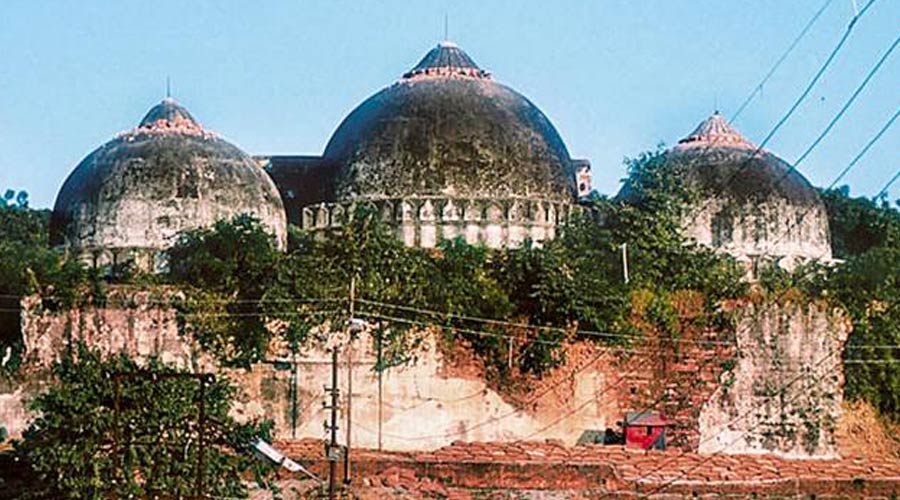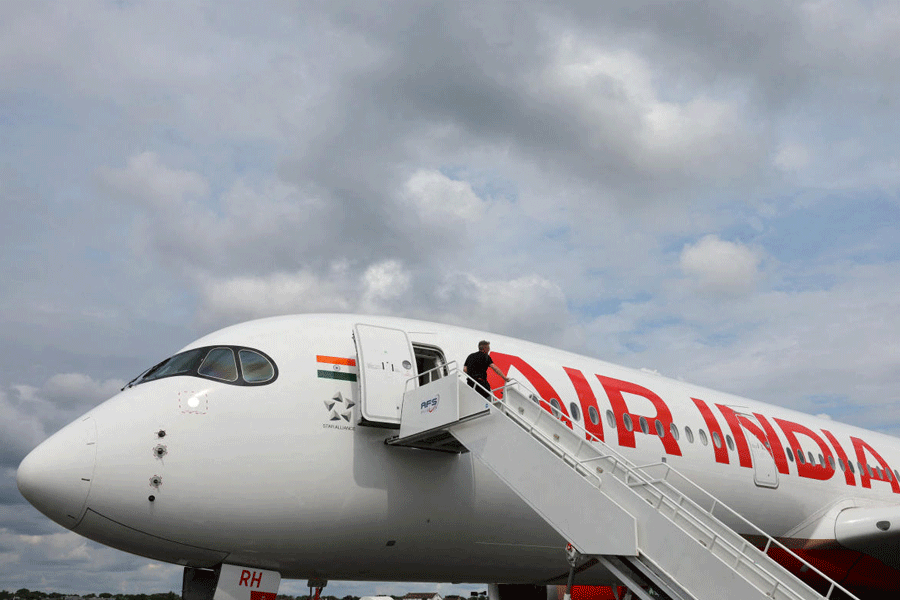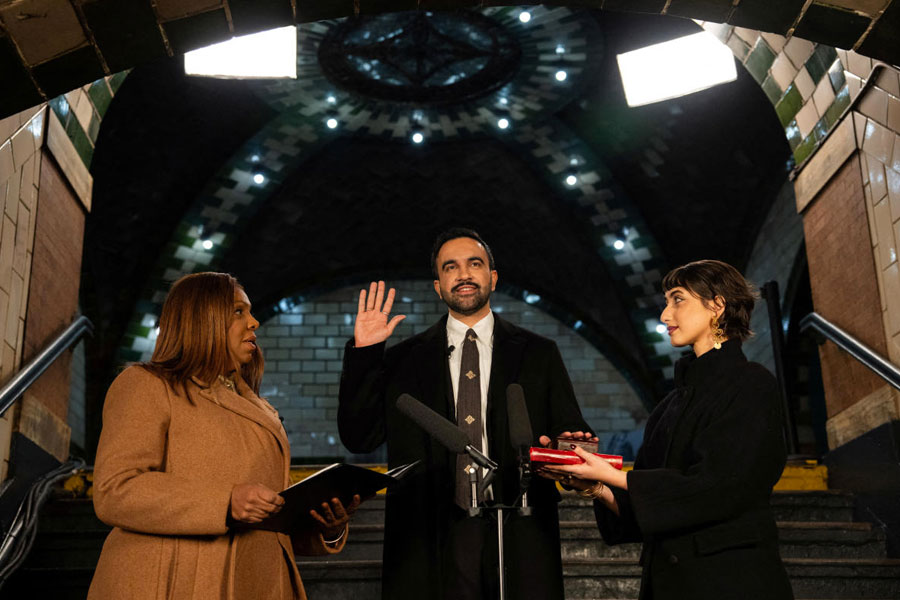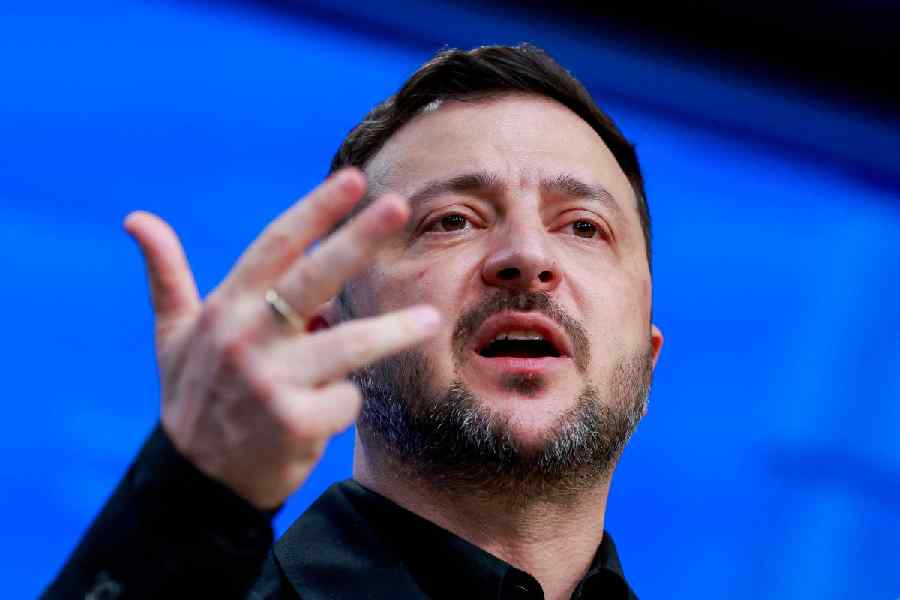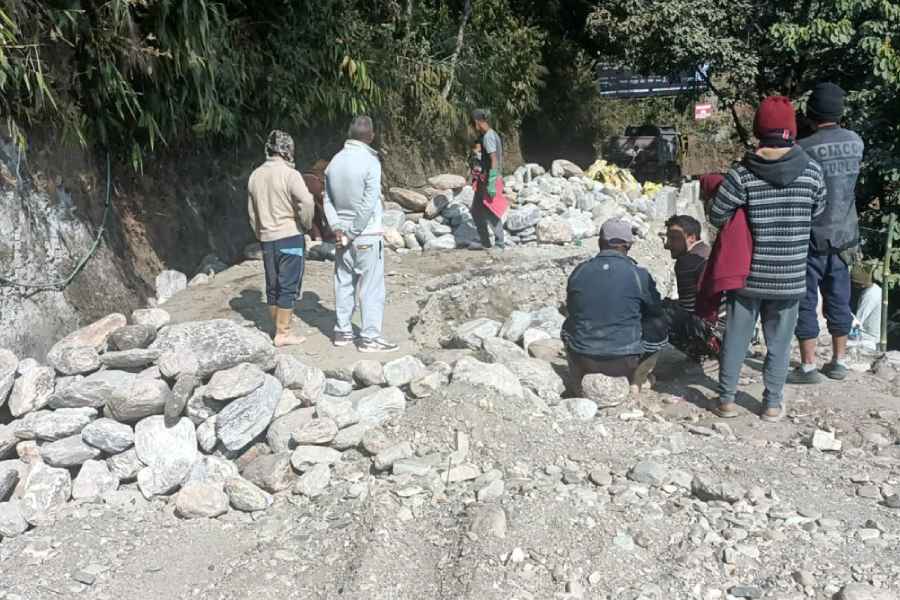Government scientists have been asked to develop an optomechanical system to channel the Sun’s rays onto the forehead of the Ram idol in the Ayodhya temple on Ram Navami every year, an engineering challenge they are for now reluctant to discuss in detail.
The Council of Scientific and Industrial Research-Central Building Research Institute (CSIR-CBRI), Roorkee, and astronomers from two academic institutions are engaged in the design of the system, two people familiar with the project have told The Telegraph.
A Sunday evening CSIR tweet saying CBRI scientists had “demonstrated how the Sun’s rays will fall on Ramlala’s head in (the) Ram Mandir on Ram Navami 2024” had triggered controversy, with the responses ranging from sarcasm to concern.
Some astronomers said it would merely involve positional astronomy and architectural design that had earlier been implemented in some temples. But given the Sun’s changing positions, its rays don’t fall on the same spot on the same day every year.
Trinamul MP Mohua Moitra tweeted that a senior scientist had told her “she was ashamed to be part of (the) Indian scientific community”. Moitra also wrote “our tax money being used for this… shameful”.
The two people familiar with the project, who spoke to this newspaper seeking anonymity, described it as a challenge in optical engineering that had not been attempted in the country before.
They said the optomechanical system would involve a combination of lenses, mirrors, and microcontrollers that would be tweaked in synchrony with the Sun’s changing positions to ensure that the Sun’s rays fall at a specific point on the idol’s forehead on Ram Navami every year. It will also adjust for Ram Navami falling on different dates in different years.
“The annual incremental movements within the system will ensure the rays fall on the same point on the forehead every year. As far as we know this has not been attempted before,” one of the two people said. He said the incremental movements would need to pivot around a 19-year cycle because the Sun’s position in the sky follows a 19-year cycle.
Scientists said there was nothing unusual about the CBRI being involved in a building project and added that the institution — like other CSIR institutions — routinely took up projects that involved its expertise. The CBRI had recently lent its expertise to pulling down two illegal towers in Noida.
Astronomers from the Indian Institute of Astrophysics (IIA), Bangalore, and the Inter-University Centre for Astronomy and Astrophysics (IUCAA), Pune, are working with the CBRI on the project, a person involved in the project said.
A senior astronomer at the IUCAA did not respond to a query sent by this newspaper seeking verification of the institution’s involvement in the project. The IIA is being “consulted for its domain knowledge”, a senior astronomer at the Bangalore institution said, declining to discuss details.
Aniket Sule, an astronomer at the Homi Bhabha Centre for Science Education in Mumbai who is not involved in the project, said a proposal to focus the Sun’s rays on the idol’s forehead on a particular date year after year was “a technically feasible engineering challenge” that would require positional astronomy, optomechanical engineering, and some calculations.
One could ask whether this is the best way to use our astronomical human resources, Sule said.


